Written by Giulio Sabbati (EPRS),
In cooperation with Caterina Francesca Guidi (from GlobalStat | EUI),
The EU is Saudi Arabia’s first trading partner in goods, with 16.3 % of Saudi Arabia’s global trade, followed by China with 14.1 % and the US with 11.8 %. Saudi Arabia is the EU’s 15th trading partner in goods, with an EU market share of 1.5 %. The trade balance is positive for the EU, as this infographic illustrates. Trade between the EU and Saudi Arabia takes place within the framework of the Gulf Cooperation Council (GCC), which includes Bahrain, Kuwait, Oman, Qatar, and Saudi Arabia and the United Arab Emirates (UAE). The GCC countries formed their own customs union on 1 January 2015. The EU exports a wide range of goods and services to the region; however, around 50 % of the EU’s exported goods to the GCC are machinery, including power generation plants, railway locomotives, aircrafts, electrical machinery and mechanical appliances. Meanwhile, approximately 70 % of all EU imports from the GCC consist of fuels and their derivatives. Following a reliance on oil revenues for about 90% of its budget in recent years, Saudi Arabia has embarked on an ambitious plan to restructure its oil-dependent economy, known as Vision 2030, involving diversification, privatisation, tax increases and subsidy cuts. Saudi Arabia has significant defence relationships with a rising number of EU Member States, primarily driven by the trade in arms (and often also related contracts for training and maintenance).
Download this infographic on ‘Saudi Arabia: Economic indicators and trade with EU‘ in PDF.
GlobalStat, a project of the EUI’s Robert Schuman Centre for Advanced Studies and the Francisco Manuel dos Santos Foundation aims to offer the best available gateway to statistical data. It is easily accessible, intuitive to use, and free of charge. In just three clicks it offers data from 1960 onwards for 193 UN countries, five continents and 12 political and regional entities – including the European Union – gathered from over 80 international sources. The project, presents data as diverse as income distribution, water resources, housing, migration, land use, food production, nutrition, or life expectancy, which contributes to a better understanding of the interrelations between human living conditions and globalisation trends.

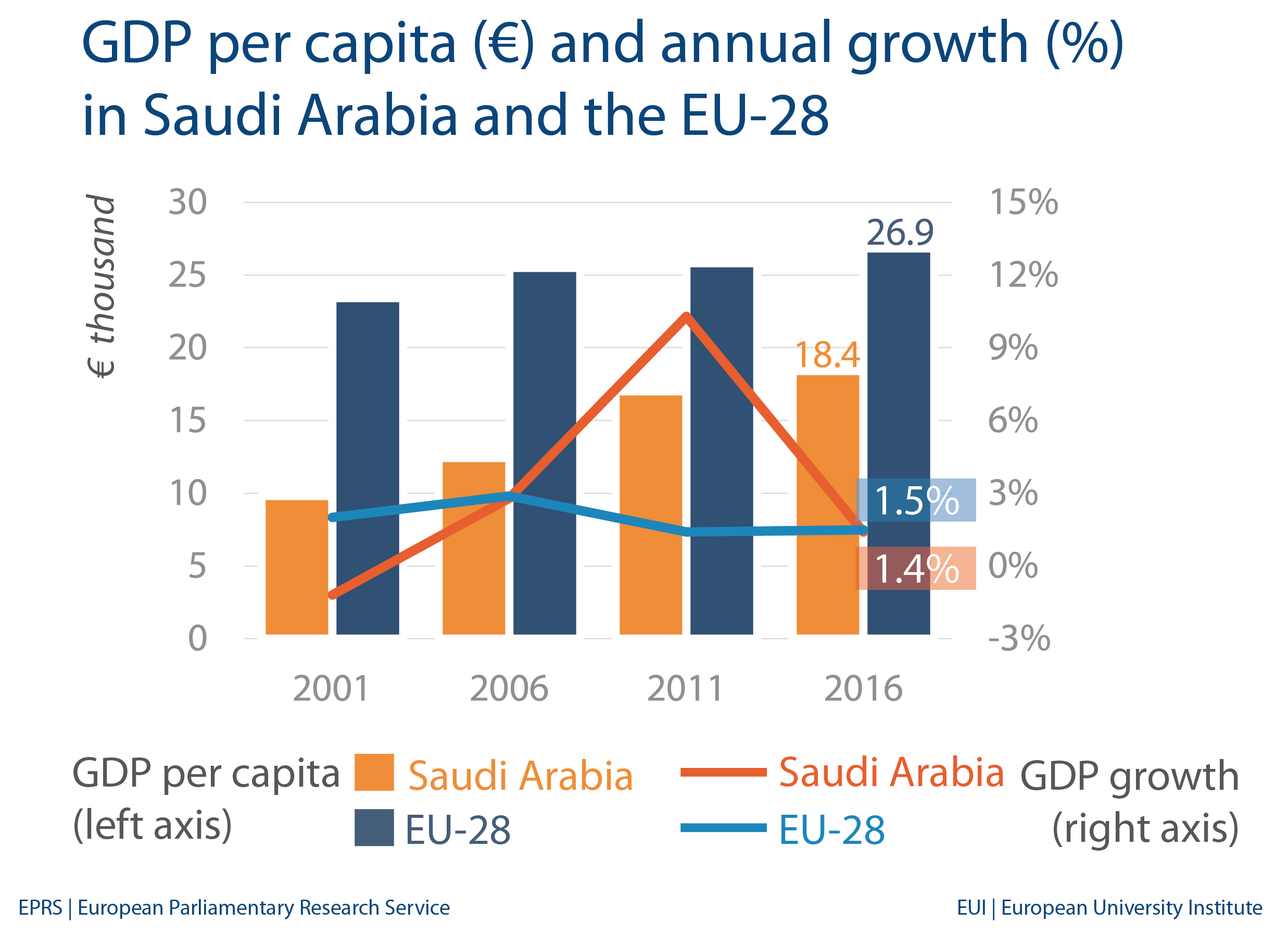
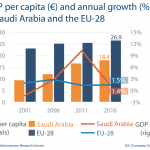
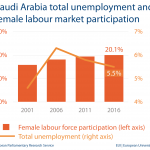
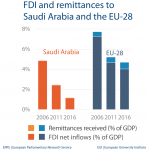
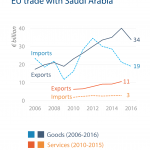
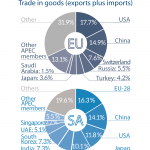
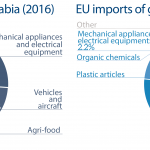
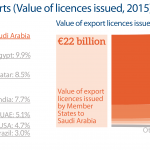






[…] […]